
Gold mining is the work of dismantling the landscape. And it came with colossal costs to the environment. "Nothing but flood and fire is so ruthless as the miner," wrote one miner from Yukon's Bonanza Creek in 1898.
Mining birthed a host of industries with a voracious appetite for the earth's natural resources. From city-building and commercial agriculture to logging and hunting, from iron working to steam transportation, gold rush societies deforested their local areas, decimated animal populations, and quite literally turned the earth inside out. But the transition to industrial mining accelerated the pace of that destruction to an unprecedented degree.
DIMINISHING RETURNS
Ironically, geology determined the environmental toll. Whether via placer mining (in which the rock surrounding the gold has eroded) or lode mining (in which the gold is encased in solid rock), miners and engineers devised novel methods for recovering gold that consumed significant quantities of natural resources.
Most rushers sought placer gold in the form of fine flakes and occasionally nuggets) deposited in streams and riverbeds. Their preferred tools may have been picks, pans and shovels, but they left nothing to chance. They worked hard to regularise the unpredictable environment. Using tonnes of lumber, teams of miners dammed creeks and streams, diverted currents with chutes and sluices, and placed unbearable pressure on local ecosystems. And it was hard work. After just two years at the mines in California, one miner reflected that this country wears a man out very fast.”
This story is from the December 2022 edition of History Revealed.
Start your 7-day Magzter GOLD free trial to access thousands of curated premium stories, and 9,000+ magazines and newspapers.
Already a subscriber ? Sign In
This story is from the December 2022 edition of History Revealed.
Start your 7-day Magzter GOLD free trial to access thousands of curated premium stories, and 9,000+ magazines and newspapers.
Already a subscriber? Sign In

'Dickens's evocation of the fears, excitement and confusion of childhood is peerless'
DR LEE JACKSON ON WHY CHARLES DICKENS REMAINS RELEVANT TODAY
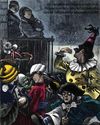
THE AUTHOR GOES ABROAD
Dickens expanded his horizons and boosted his fan-base by venturing overseas - but global fame came with a cost
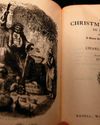
REVIVING THE FESTIVE SPIRIT
A Christmas Carol wasn't just a bestseller - it changed the way that Britons chose to mark the festive season

GIVING THE POOR A VOICE
From Hard Times to Oliver Twist, Charles Dickens used his pen to help illuminate the lives of the less fortunate
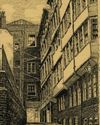
A JOURNEY THROUGH DICKENS'S LONDON
The works of Charles Dickens are synonymous with visions of Victorian London. We talk to Dr Lee Jackson about the author's love of the capital, and the locations that most inspired him
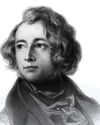
EXCEEDING EXPECTATIONS
Dr Lee Jackson chronicles Charles Dickens's journey from down-at-luck teenager to titan of Victorian literature
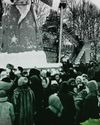
GIFTS, TREES & FEASTING
We take a journey through the photo archives to reveal how Christmas and its many traditions have been celebrated over the years - and around the world

WHAT GREAT PAINTINGS SAY
We explore the story behind an allegorical painting that celebrates the triumph of love over hate, peace over war
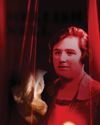
HELLISH NELL
Malcolm Gaskill delves into the life of Helen Duncan - the fraudulent Scottish medium whose ectoplasm-filled seances saw her ending up on the wrong side of the law

7 THINGS YOU (PROBABLY) DIDN'T KNOW ABOUT THE WHITE HOUSE
Presidential historian Dr Lindsay M Chervinsky reveals some of the most surprising facts about the world-famous US residence